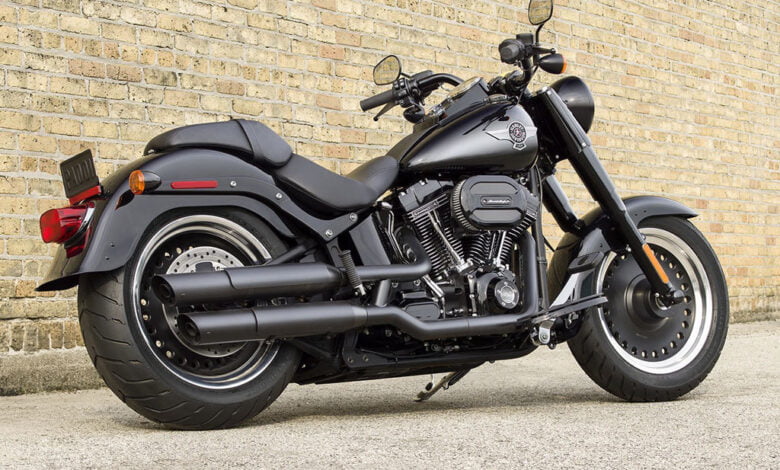
Did Harley-Davidson electric motorcycles end without starting?
Motorcycle manufacturer Harley-Davidson Inc. (HOG) announced this week that it would sell its LiveWire electric motorcycle business through a SPAC deal. This news explains the large volume of sales of HOG shares on Monday, December 13, and the adverse reaction is understandable.
The value of the SPAC deal will be more than $2.3 billion, and Harley-Davidson will retain a 74% stake. LiveWire’s business is highly valued. A large share suggests that the primary purpose of the transaction was probably not to make a profit but to separate the Harley-Davidson and LiveWire brands. The LiveWire electric motorcycle is very different from the concept of classic Harley-Davidson motorcycles.
The company’s management likely decided to abandon the risks associated with “diluting” the brand with a novelty with an uncertain future. The presentation of the SpaceX deal presented LiveWire’s prospects very optimistically. Thus, sales to grow from 387 motorcycles by $6 million in 2021 to more than 100 thousand and $1.5 billion in 2026.
These are incredibly high expectations, given the current low sales, which electric transport enthusiasts mainly provide. In turn, investors may be disappointed by Harley-Davidson’s refusal to integrate LiveWire developments into its motorcycle line. Harley-Davidson has a problem with an objective trend — young people are less interested in motorcycles than previous generations. Investors pinned their hopes on electric LiveWire chassis and additional directions, for example, electric bicycles.
However, now Harley-Davidson will be waiting for news that will indicate the long-term prospects of the brand. The company still has time for this since the generation born in the 1980s is still younger than the average age of the owner of Harley-Davidson.